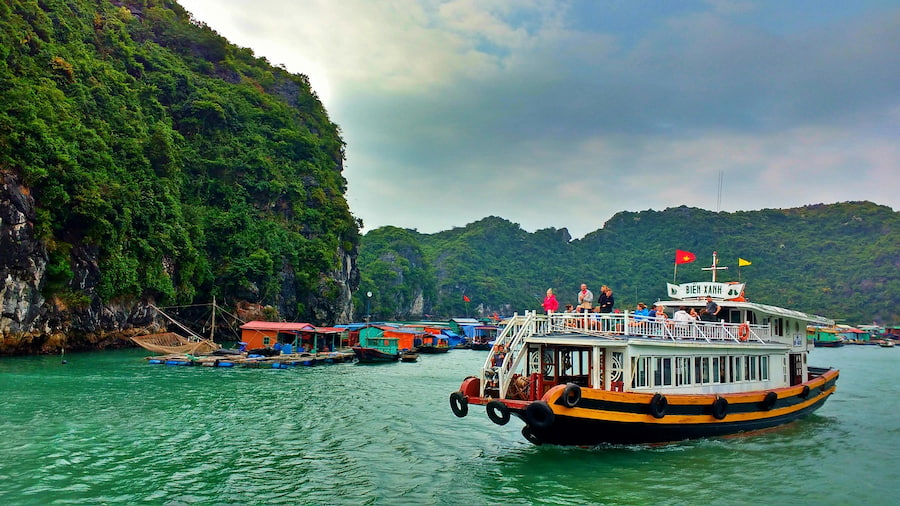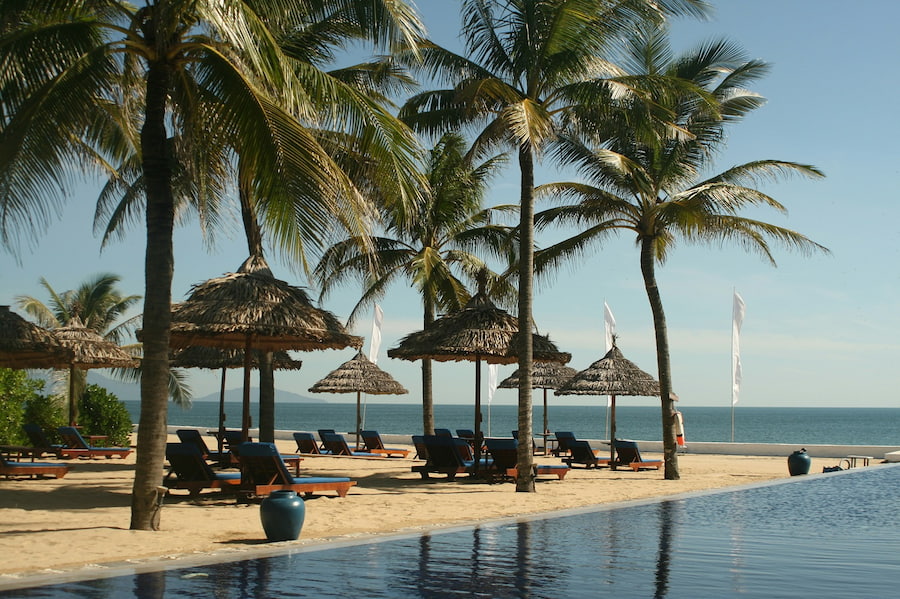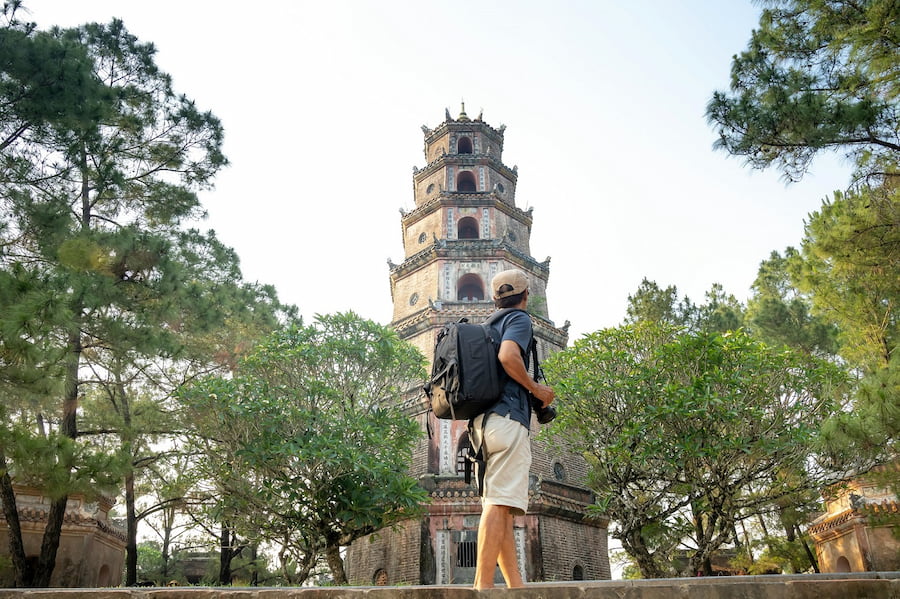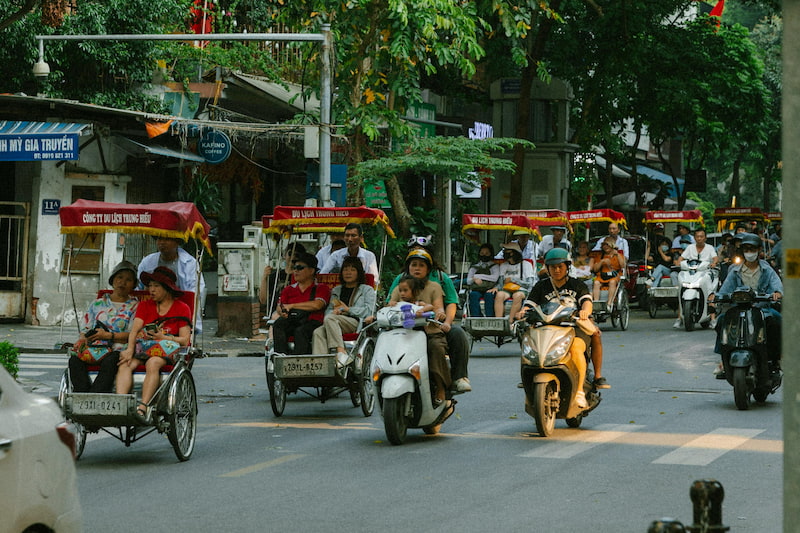Dr Ong observed that recent marketing strategies, product orientation, and open visa policies have effectively complemented the rich natural and cultural resources that Vietnam has to offer, with tourism products now extending to river tourism, gastronomy tourism, rural tourism, wellness tourism, and festival tourism.
Meetings, Incentives, Conferences, and Exhibitions (MICE) tourism is also gaining traction thanks to Vietnam's increasing popularity as a business and leisure destination, RMIT Associate Program Manager for Tourism and Hospitality Management Dr Justin Matthew Pang pointed out.
Vietnam's MICE industry is estimated to be at a compound annual growth rate of 5% for the next five years. This is positive news as MICE tourism can provide significant economic stimulation by attracting business travellers who spend on local accommodation, dining, and leisure activities. It also promotes destination visibility, often resulting in repeat visits.
“While Vietnam's MICE market has been dominated by travellers from China, South Korea, and Japan, looking further afield, Vietnam should aim to become a MICE venue of choice for South Asian countries like India, Pakistan and Sri Lanka. These countries currently have a strong market growth, coupled with high aspirations to do well economically,” Dr Pang said.
Vietnam also stands to benefit from targeting niche markets with high spending powers, such as the super-wealthy from India who choose Vietnam for their destination weddings.
This past year, Vietnam has hosted extravagant Indian weddings in Ha Long, Da Nang, and Phu Quoc.
RMIT Lecturer Dr Daisy Kanagasapapathy said that “with its stunning natural beauty, warm hospitality, and world-class hotels, Vietnam is slowly gaining attention to become a go-to destination for ultra-high-net-worth couples looking to tie the knot uniquely and memorably.”
She said that weddings inject significant revenue into local economies through expenditures on venues, accommodation, catering, and entertainment, all while fostering cross-cultural understanding by showcasing traditional customs and ceremonies.







